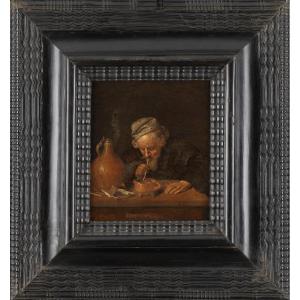Our composition offers the viewer the intimacy of a smoking scene, inviting us to the table of an old man who lights his pipe. In the darkness of a corner of a tavern, a few candle flames, which we imagine, reveal a solitary old man whose marks left by time indicate his advanced age. Through a subtle play of superimposed glazes, the character comes to life, and through fine highlights of light, the wrinkles furrow his face and hands. This small cabinet painting, full of poetry, is the perfect illustration of the enthusiasm of Dutch art collectors for scenes of ordinary life during the Golden Age. Particularly those which take place in taverns with their procession of card players, drunken men, smokers, maids and busy tavern owners. Joos van Craesbeeck, Adriaen Brouwer and David Teniers the Younger are the other masters of the genre with whom Brakelenkam rivals in talent.
The signature is drawn by removing the paint, probably using a stylus.
Provenance: descendants of an old East Prussian family.
We have chosen to present the work to you in an inverted profile frame in blackened wood with period guilloche patterns.
Dimensions: 22.5 x 20.5 cm – 47 x 44 cm with frame
Sold with invoice and certificate of expertise.
Biography: Quiringh Gerritsz Van Brekelenkam (Zwammerdam 1622 – Leiden 1668) grew up in his father's tailor's workshop. This environment strongly inspired his paintings and he made it a favorite genre, even a “trademark”: between 1653 and 1664, he painted around twenty-five interiors of tailors' and shoemakers' workshops. Probably a student of Gerrit Dou, he was registered with the Leiden guild in 1648 and joined the category of fijnschilders (“precious painters”). His scenes of daily life: the Doctor's Visit (Louvre Museum, Paris), the Tailor's Shop (c. 1653, National Gallery, London), the Tailor's Workshop (1661/62, Rijksmuseum Amsterdam), the old Spinner at Meal Time (1654, Alte Pinacothèque, Munich), the Old Woman in Front of the Fireplace (1660/64, Prado Museum, Madrid), Two Old Men Smoking and Drinking (1664, Rijksmuseum), combine the delicate realism of Pieter De Hooch for a subtle treatment of chiaroscuro derived from Rembrandt and Dou.
Bibliography











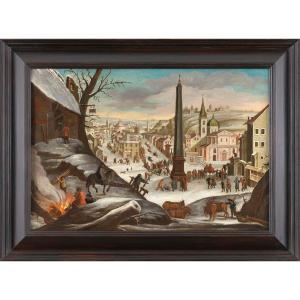



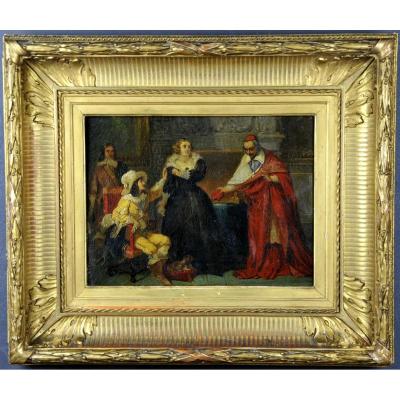
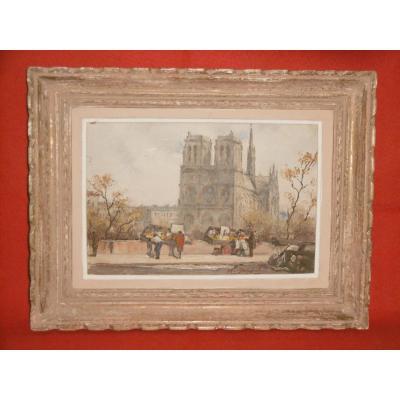

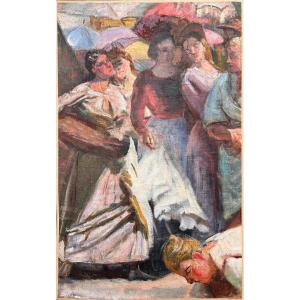





 Le Magazine de PROANTIC
Le Magazine de PROANTIC TRÉSORS Magazine
TRÉSORS Magazine Rivista Artiquariato
Rivista Artiquariato
